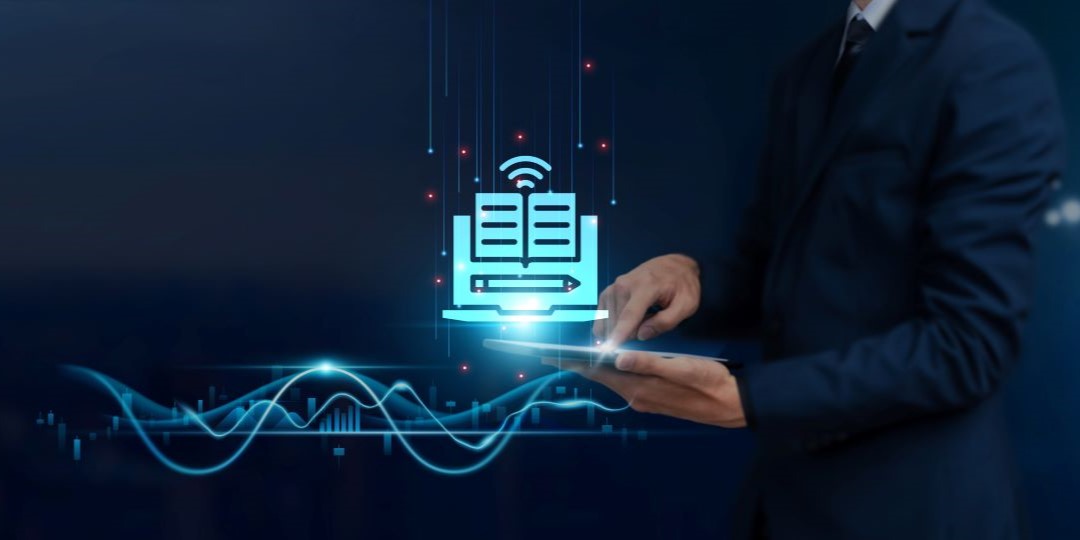
By Rob O’Connell, NERC Reliability Specialist
The North American grid is undergoing a rapid transformation to its resource mix, adding increasing amounts of renewable generation — wind, solar, battery storage and hybrid plants. While these inverter-based resources present new opportunities in terms of grid control, they also introduce instability and potential risks to the system.
NERC has added two new quick reference guides, Inverter-Based Resource Activities and Distributed Energy Resource Activities, to the Initiatives tab. These documents highlight the work being done in the industry surrounding these technological advancements. The NAES NERC Team uses these resources, among others, to continuously improve our offerings to our clients.
The IBR Quick Reference Guide has sections addressing Disturbance Reports, Alerts, Reliability Guides and more. Inverter-based generating resources typically include wind power plants and solar photovoltaic (PV) resources, battery energy storage, many transmission-connected reactive devices, such as STATCOMs and SVCs, and more Type 3 and Type 4 resources. This guide focuses on BPS-connected inverter-based resources.
The DER Quick Reference Guide has sections that cover topics such as Technical Reference Documents, White Papers Webinars and more. Per the guide, “DER includes both generators and energy storage technologies capable of exporting active power to an electric power system. The NERC System Planning Impacts of DER Working Group (SPIDERWG) uses a similar definition of DER: Any Source of Electric Power located on the Distribution System.” This guide covers work over the past seven years.
The links above provide a wealth of information for those looking to learn more about changes happening to the power industry.
